304
Beyond Protected Areas
Complementary conservation strategies
Clara L. MatallanaInstituto Alexander von Humboldt Alexandra AreizaInstituto Alexander von HumboldtIn addition to protected areas, other complementary conservation measures exist. They may also be effective and thus should be acknowledged and managed to guarantee their appropriate functioning in the territory.
In 2010, during the Tenth Conference of the Parties (COP 10) of the Convention on Biological Diversity,the Aichi Biodiversity Targets were established. The latter were designed to encourage actions that halt biodiversity loss and thus ensure resilient ecosystems that supply essential services by the year 2020. More specifically, Target 11 promotes conservation through protected areas and other conservation strategies that may contribute with functional and structural complementarity and connectivity of systems of protected areas (in Colombia, National System of Protected Areas, or SINAP for its initials in Spanish).
A variety of entities in Colombia have advanced on the subject and have proposed and designated a series of complementary conservation strategies (CCS)These are defined as "geographic areas--effectively and equally administered, with ecological representativeness, well connected and integrated to the landscape--where different interests and administration and management schemes converge"1. Such definition encompasses a broad variety of figures, from protected municipal areas through community protection areas, all of them sharing the characteristic of not belonging to the SINAP. But not all the figures that are not part of the SINAP are a CCS, and this uncertain organization is an important challenge for the country1.
International designations are an example CCS, and they include Wetlands of International Importance (Ramsar), Biosphere Reserves, Important Bird Areas (IBAs), and UNESCO World Heritage Sites. Colombia is part of the Ramsar Convention and contains six sites in its territory. The country also participates in the Global Network of Biosphere Reserves, with a total of five reserves, and has eight UNESCO World Heritage Sites and 124 Important Bird Areas (IBAs). Additionally, the tentative list of World Heritage Sites includes the first cultural and natural declaration process for Colombia, in Alto Ricaurte, Boyacá. These areas, although not always restricted for use, are opportunities for combining efforts and improving biodiversity management. Consequently, CCS should be prioritized and cared for according to their importance and international recognition.
CCS demonstrate that conservation must not be limited to protected areas2 because other strategies may also be effective3. Therefore, Colombia must continue to conceptualize, standardize, and position CCS as areas that contribute to biodiversity conservation based on other forms of governance.
FIRST IBAs DESIGNATED IN CASANARE
In June of 2015 five IBAs, representing 60,264 ha were designated in Casanare. These areas contain threatened populations of birds such as the Orinoco Goose, Buff-breasted Sandpiper, Crestless Curassow, Black Curassow, and Mealy Parrot, among others. The necessary information for such designation was obtained thanks to the work of Asociación Calidris and Fundación Cunaguaro Biodiversidad y Cultura, with the support of BirdLife International and United States Fish and Wildlife Service. The IBAs are in private properties in which traditional cattle-raising systems exist in harmony with the ecosystems and species of the area. 42% of the avian species of the country are found in these areas and 35 migratory species arrive to the region each year. The major threats of the region are the transformation of ecosystems into agricultural systems and non-traditional cattle raising and increasing pressures created by mining and hydrocarbon exploitation.
News
FIRST IBAs DESIGNATED IN CASANARE
Important Bird Areas (IBAs)
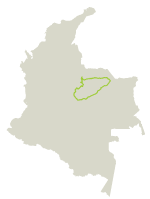
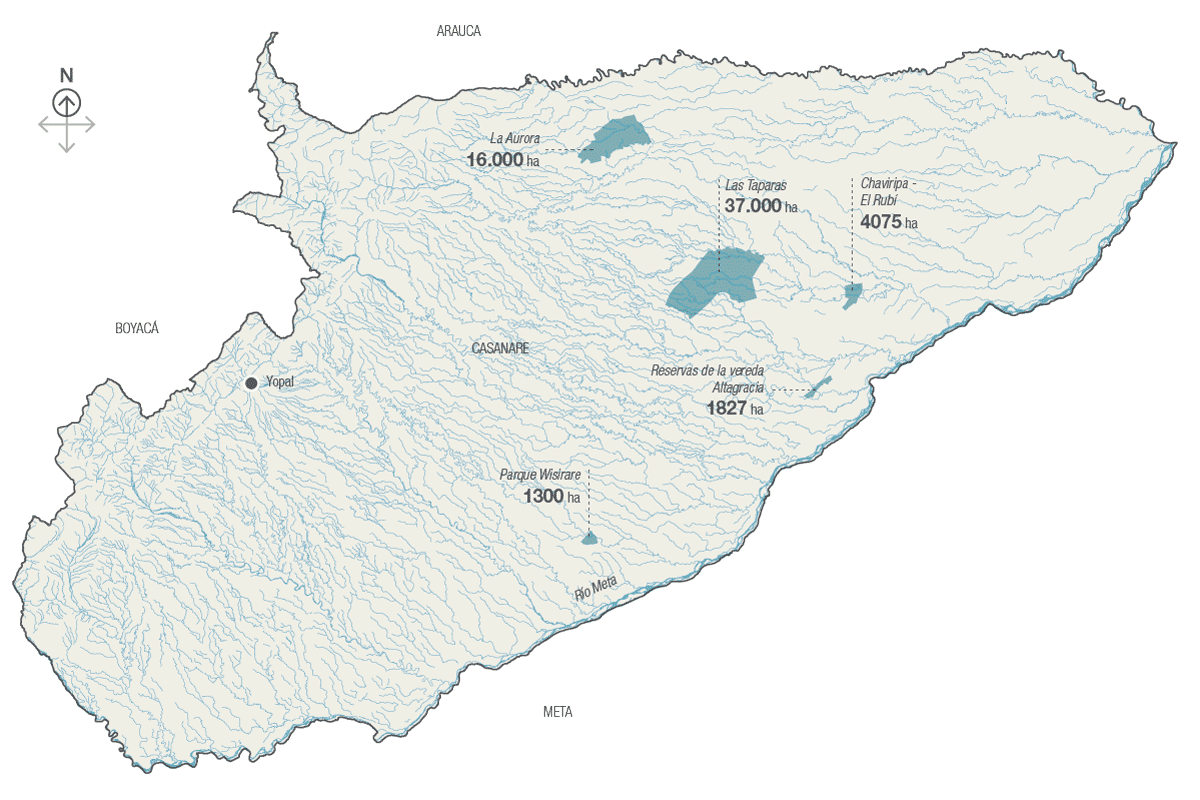
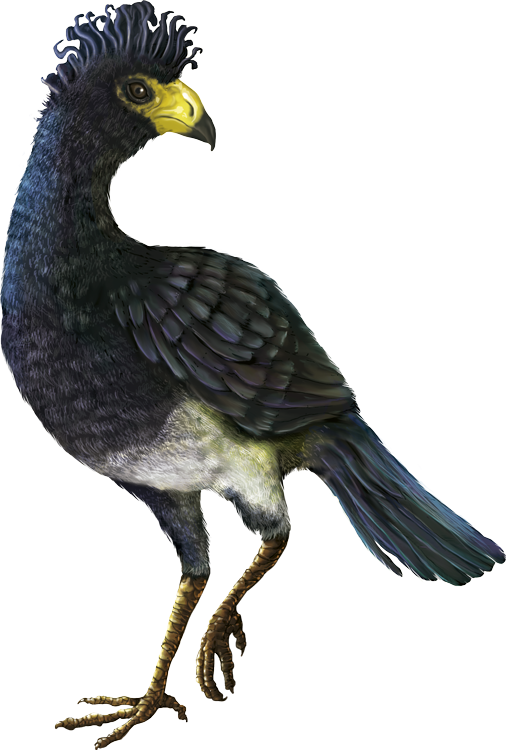
Paujil culiblanco
Crax alector > see species sheet LCLEAST CONCERN 95cm
95cm
![]()
The designation of IBAs in Casanare contributes significantly to the conservation of many threatened species in the region, including the Black Curassow.
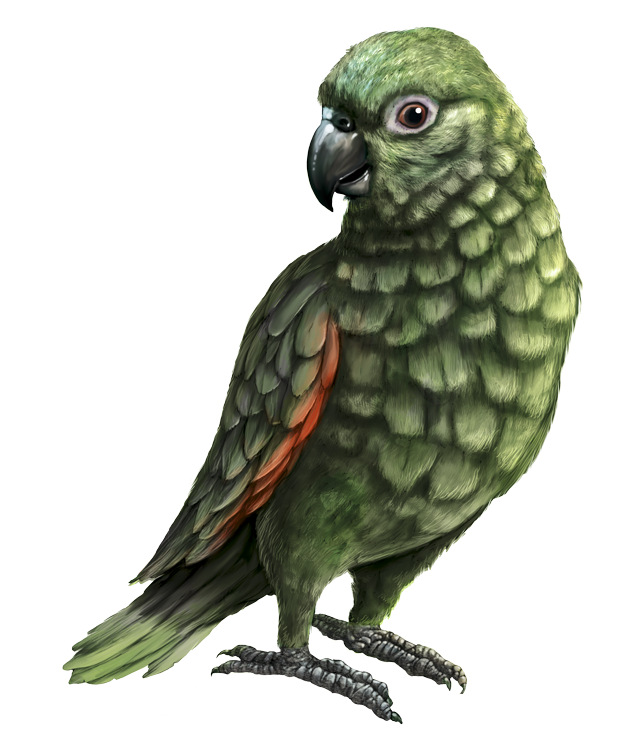
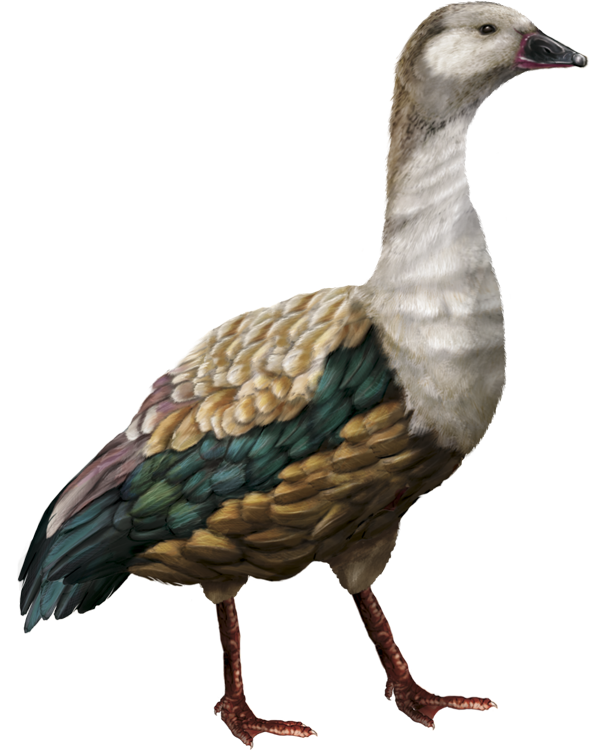
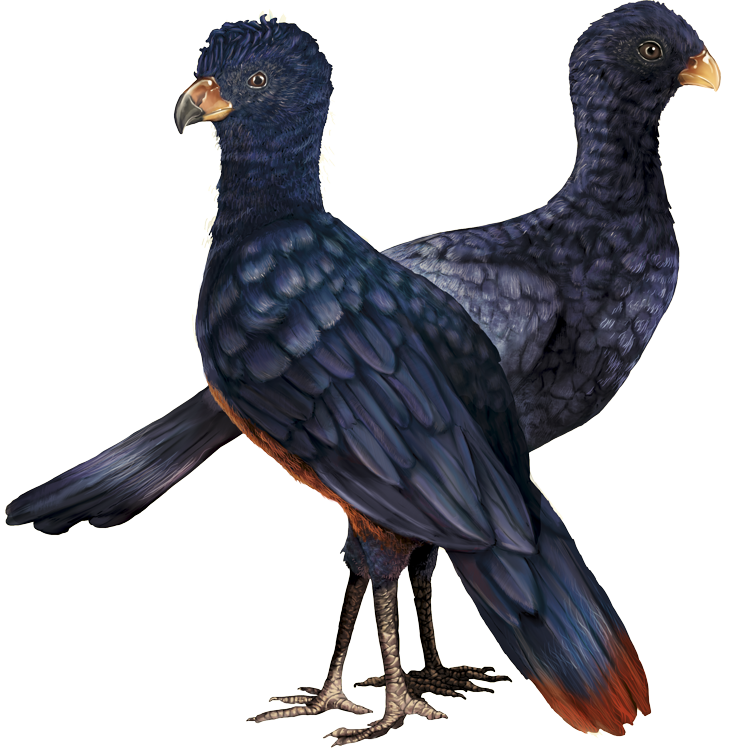
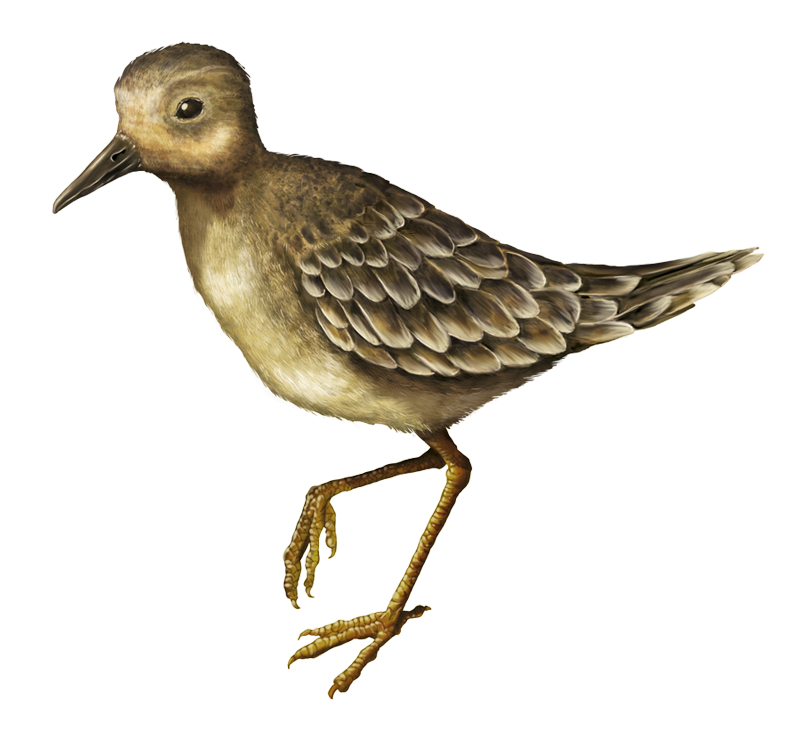
THE BITA RIVER AS AN INNOVATIVE EXAMPLE OF CCS

The Humboldt Institute is currently developing innovative conservation strategies through voluntary agreements in both formal and non-formal frameworks that may be impelled either by society or the private sector. The conservation figure of "protected river" seeks to maintain the ecological and social integrity of a freshwater system with the urge and supplement of social innovation practices, knowledge management, and fortified governance4.
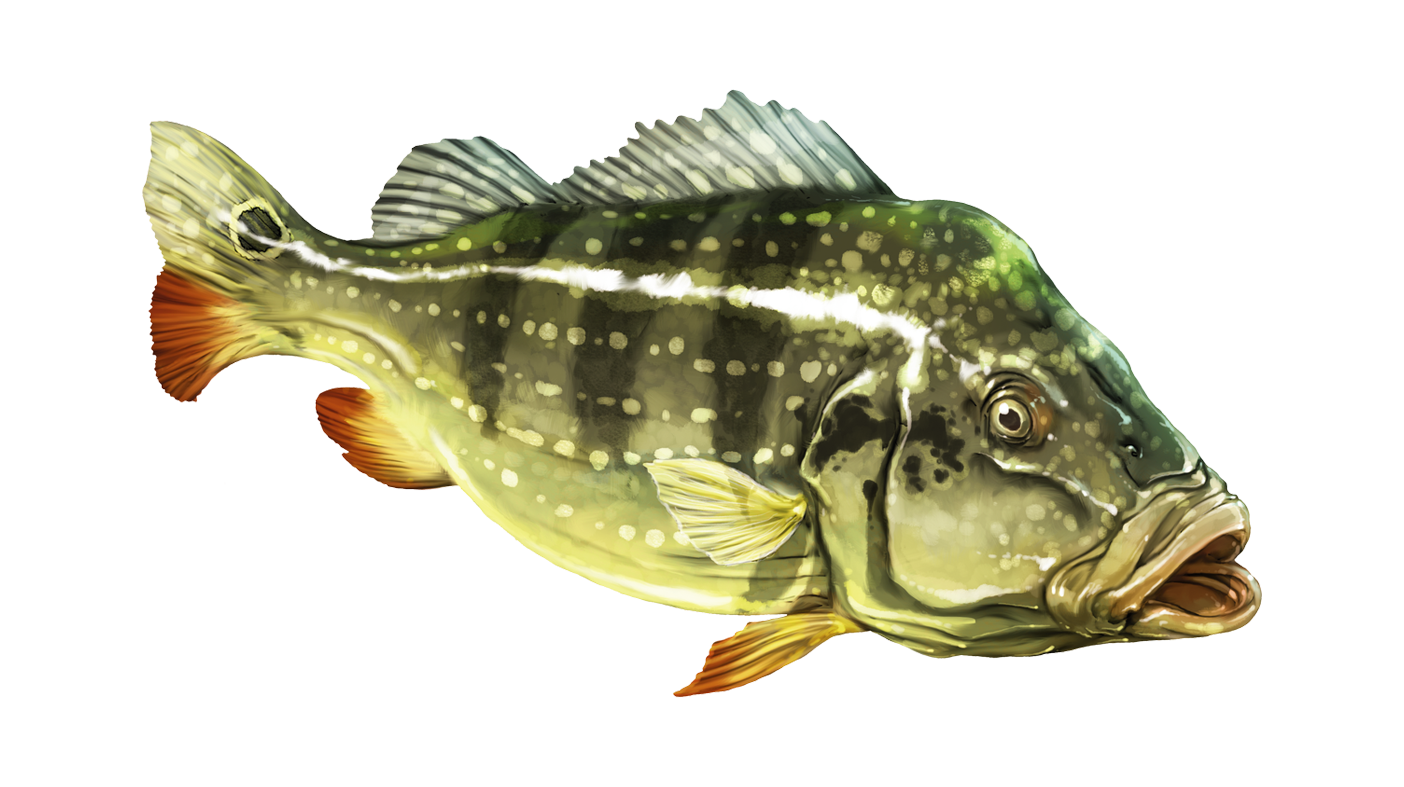
Speckled Pavon
Cichla temensis > see species sheet VUVULNERABLEORORINOQUÍA REGION
 80cm
80cm
![]() Distributed along the entire Orinoco basin, it is abundant in the Bita River. It is also the emblematic fish of Puerto Carreño (Vichada).
Distributed along the entire Orinoco basin, it is abundant in the Bita River. It is also the emblematic fish of Puerto Carreño (Vichada).